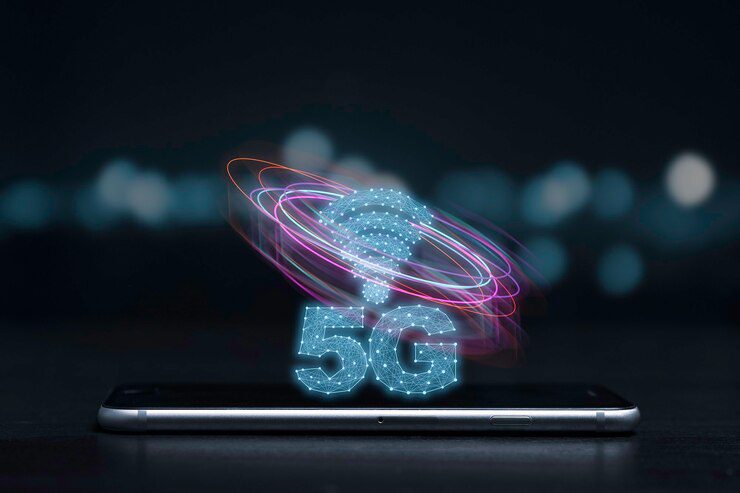The starting of 5G technology is set to revolutionize the way we connect, communicate, and consume information. This next-generation mobile network speeds is not just a speed upgrade; it’s a foundational shift that promises to enhance the entire digital landscape. With faster speeds, lower latency, and greater capacity, 5G is paving the way for innovations across various sectors.
The Speed Factor
One of the significant advantages of 5G technology is its incredible speed. With download speeds projected to be up to 100 times faster than 4G, users can expect seamless streaming, quicker downloads, and a more responsive online experience. According to a report by the GSMA, by 2025, global 5G connections are expected to reach 1.7 billion, highlighting the widespread adoption and reliance on this technology.
Low Latency and Enhanced User Experience
Latency denotes to the time it takes for data to travel from one point to another. 5G technology drastically reduces latency, making real-time interactions smoother. For applications like virtual reality (VR), augmented reality (AR), and gaming, this is a game-changer. Users can expect experiences that feel instantaneous, which is vital for applications requiring quick feedback, such as remote surgeries and autonomous vehicles.
Enabling the Internet of Things (IoT)
The integration of 5G technology is a crucial enabler for the Internet of Things (IoT). With billions of devices connected to the internet, 5G’s increased capacity allows for more devices to communicate simultaneously without sacrificing performance. This connectivity will facilitate smart cities, where everything from traffic lights to home appliances can interact in real-time, leading to enhanced efficiency and reduced energy consumption.
Transforming Industries
Various industries are poised to benefit immensely from 5G technology. In healthcare, for example, telemedicine and remote patient monitoring can become more effective with real-time data transmission. In manufacturing, 5G can enable smart factories, where machinery is interconnected, optimizing production processes. A study by Ericsson predicts that 5G technology will contribute $3.5 trillion to the global economy by 2030, showcasing its potential to drive economic growth.
Challenges and Considerations
Despite its benefits, the rollout of 5G technology is not without challenges. Infrastructure investment, regulatory hurdles, and security concerns need to be addressed to fully realize its potential. Network operators and governments must work together to build the necessary infrastructure and ensure robust security measures are in place to protect user data.
Conclusion
As we look toward the future, 5G technology stands at the forefront of connectivity innovations. By enhancing speed, reducing latency, and enabling vast networks of connected devices, it is reshaping how we interact with technology. From transforming industries to facilitating everyday tasks, the implications of 5G are vast and profound. Embracing this technology will be crucial for businesses and individuals alike as we navigate an increasingly interconnected world.







